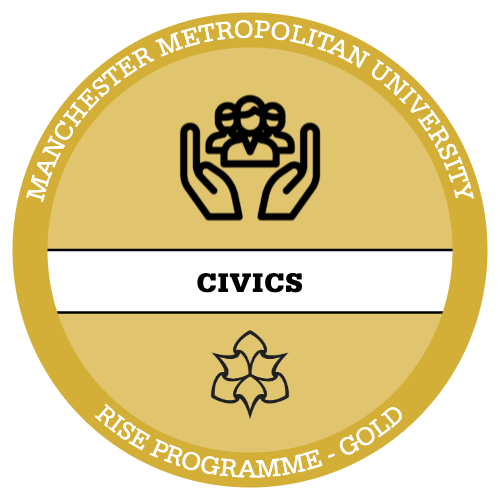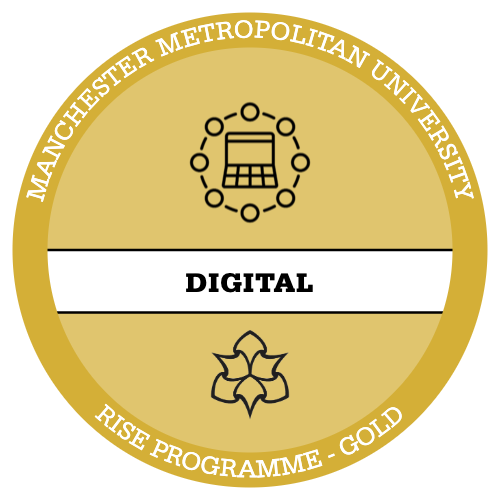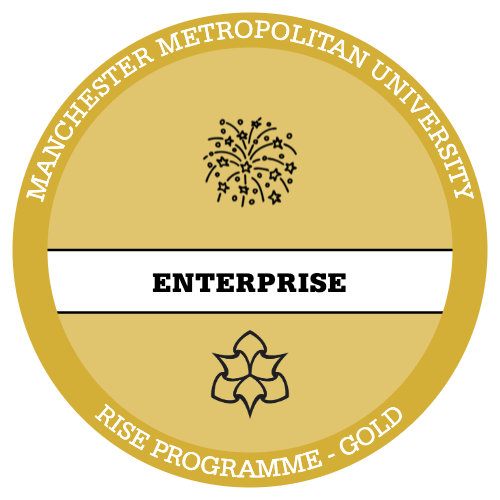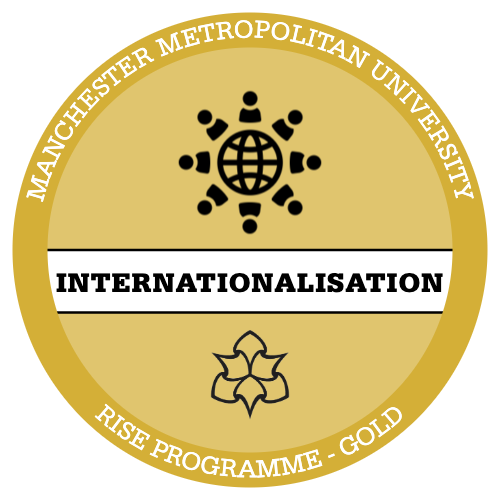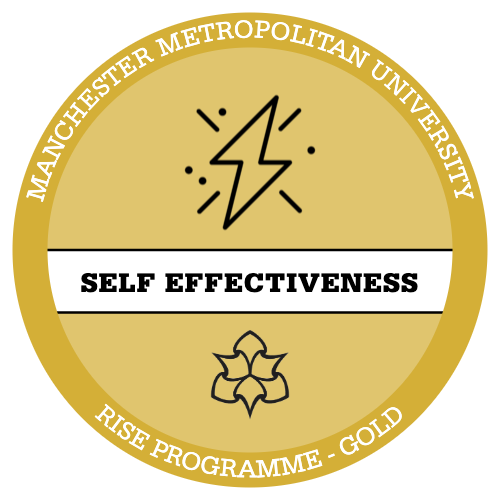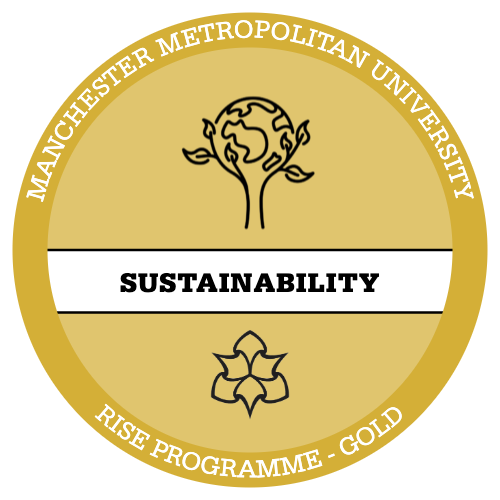There are many ways you could share. It is natural to have a preferred way to share but we’d recommend challenging yourself to try different ways or one that is outside your usual comfort zone.
Hear what Psychology student May and English Literature student Kat think about sharing, including what they consider to be the benefits and challenges, in this short conversational video:
Whether you choose to share in-person or online, there are a selection of ways to do it:
Verbally

In conversation: sharing verbally could be as simple as sharing your progress, challenges, or achievements in conversation with friends, family, lecturers, or colleagues. This can offer you a great way to receive instant support and feedback.
You can also share your Future Me Plan story in job interviews to explain how you’ve set yourself goals and worked towards them, or in presentations either as part of, or outside of your studies.
There are also more long-lasting forms of content where you can share verbally, such as:
Creating video content: to share on social media, your blog, or YouTube.
Speaking on a podcast or producing your own: this short podcast with Psychology graduate Surbhi will give you an idea of the type of content you could produce.
In writing
Below are some options if you choose to share your story in writing.
On social media
You may have a preferred social media platform that you’d like to share on and remember that LinkedIn is a social media platform too. Here are some great sharing examples by Manchester Met students:
- Aadam Ali – studying Sport and Exercise Science
- Anastazja Wilk – studying Business Management
- Yahya Sayed – studied Human Geography
Before you write your post, watch this quick video about how to stand out on LinkedIn. If you need some inspiration to kickstart your post, in the file below you will find some prompts to help you write a well-structured LinkedIn post.
We’d recommend adding a picture to accompany your post, to give context to what you’re writing about. Alternatively, you may like to use the ‘I’ve completed a cycle of Future Me Plan’ graphic, which you can download below. Add #FutureMePlan to the end of your post too, this helps you and others search for all the posts that celebrate what people have achieved and learned by completing a cycle of Future me plan.
If you don’t already have a LinkedIn account or profile, this making the most of your LinkedIn profile written guide explains more.
Blog posts
Blog posts offer a means of sharing too, giving you the opportunity to create more longform written content. Blogs are particularly worthwhile if you plan to share longform content regularly.
Visually

If you want to get creative with how you share, there are several ways you can do this. Examples include:
Photography: capture photographs that symbolise your journey through your Future Me Plan cycle and share them online or in-person.
Art or visual journaling: this video explains how to begin art journaling or read this article about how to start a visual journal.
Performance: share your story via a form of performing arts such as acting or dance. This can be an impactful way to share your feelings and experiences with an audience. The Paper Birds theatre company and their approach to devised verbatim theatre is an interesting example of how you can create unscripted, documentary style performances to share your story.
Who can you share with?
- Peers
- Personal Tutor
- Lecturers
- Mentor
- Employer
- Critical friend
- Friends and family
- Online audiences and readers
- Societies or groups you are a member of
Connecting your learning and sharing with others on LinkedIn
Connecting your LinkedIn Learning account with Rise will allow you to share your accomplishments more easily and as they happen. Follow this link to the Connect pages on Rise to get started.
See Future Me Plan in action
These aren’t real people but imagined ways the framework might be used. Over time, we would like to replace these pen portraits with real-life examples, if you have a story to share please get in touch: futuremeplan@mmu.ac.uk.
Click ‘Mark Complete’ below before continuing.

